holiday spectacular
A Holiday Spectacular: Japanese Winter Traditions

Savannah Walker
Posted on November 27, 2024
Share:
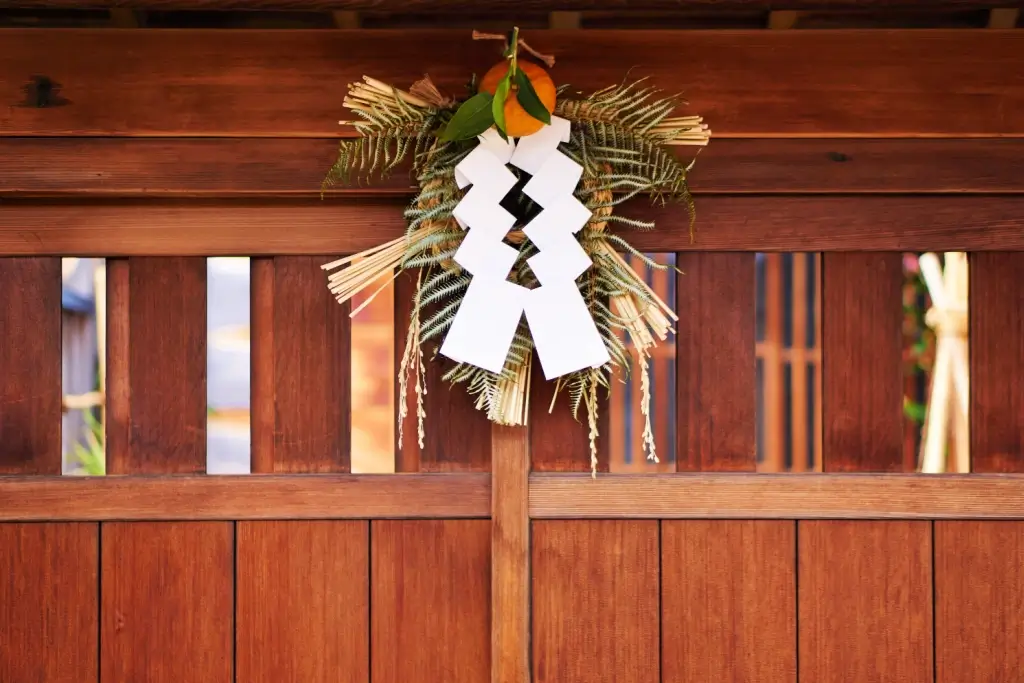
This time of year is perfect for reflection, warmth, and celebration; in Japan, it is truly a holiday spectacular. Japanese winter traditions are a unique blend of cultural customs, culinary delights, and cozy rituals that make this time of year magical.
Exploring Japanese winter traditions offers inspiration and beauty for those looking to enrich their holiday festivities. Let’s explore what makes this season unique and why these customs deserve a place in your holiday celebrations.
Osouji
As the year draws to a close, households across Japan participate in osouji—a deep-cleaning ritual that signifies starting the new year with a clean slate. The name means “big cleaning,” and it’s far more than tidying up. Osouji is a physical and symbolic act of clearing out the old to welcome the new.
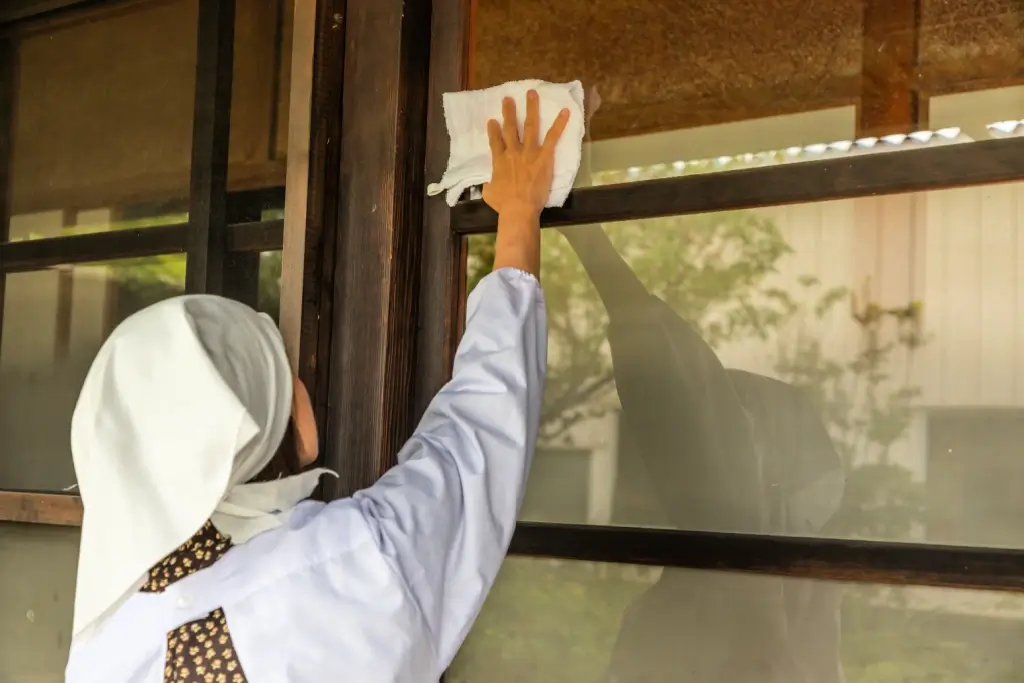
This tradition is not just about scrubbing floors and organizing closets. This mindfulness practice allows individuals and families to reflect on the past year while preparing their homes and hearts for what’s to come. Adding a touch of this tradition to your life can create a calming prelude to the holiday season.
Osechi Ryori
Japanese holiday spectacular is only complete with osechi ryori, a beautifully presented feast served in ornate lacquered boxes called jubako. Each dish in this traditional New Year’s meal is symbolic, often representing wishes for health, happiness, and prosperity. Kurikinton, a sweet chestnut paste, symbolizes wealth, while datemaki, a rolled omelet with a slightly sweet flavor, represents scholarship and learning. Another staple is kazunoko, herring roe, which conveys hopes for fertility and family prosperity.
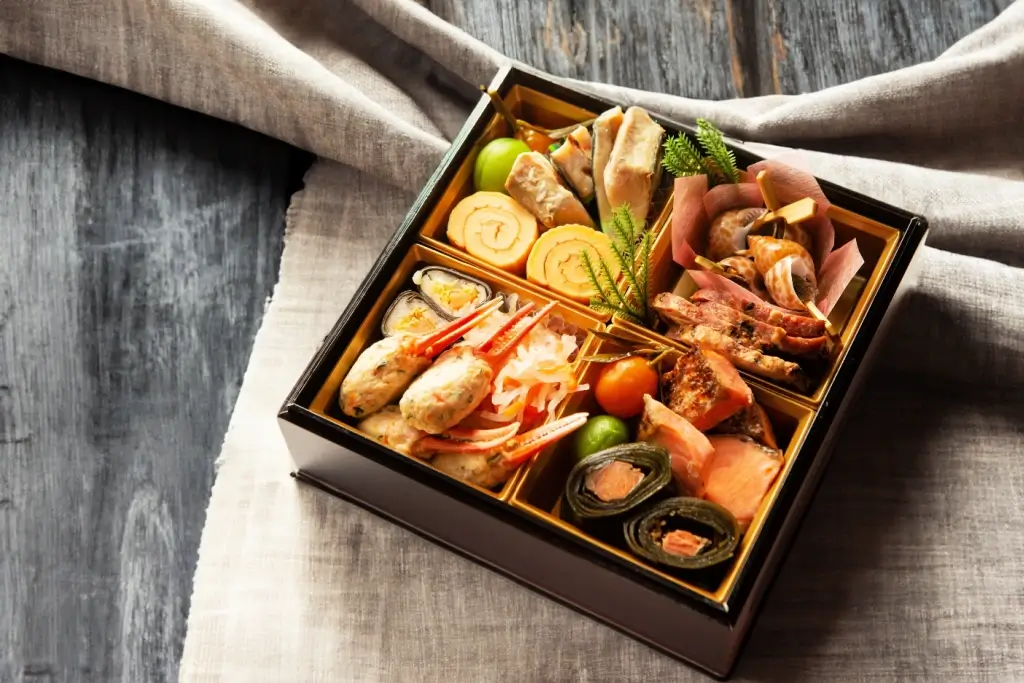
Families gather during this feast to prepare or enjoy it, creating unity and anticipation for the future. Even if you are not in Japan, recreating a simplified osechi-inspired dish at home can offer a delightful way to bring a touch of this cherished tradition to your holiday celebrations.
Are you looking for great snacks to enjoy while enjoying winter traditions? Check out Sakuraco! Sakuraco delivers traditional Japanese snacks, teas, and sweets from local Japanese makers directly to your door so you can enjoy the latest treats directly from Japan!
Kotatsu
Gathering around a kotatsu on a chilly winter evening is genuinely comforting. This clever low table has a heater underneath and is covered with a thick, soft blanket. It is a winter staple in Japanese homes. More than just a way to stay warm, the kotatsu symbolizes togetherness and relaxation. It becomes a focal point where family and friends share meals, play games, or chat while enjoying its warmth.
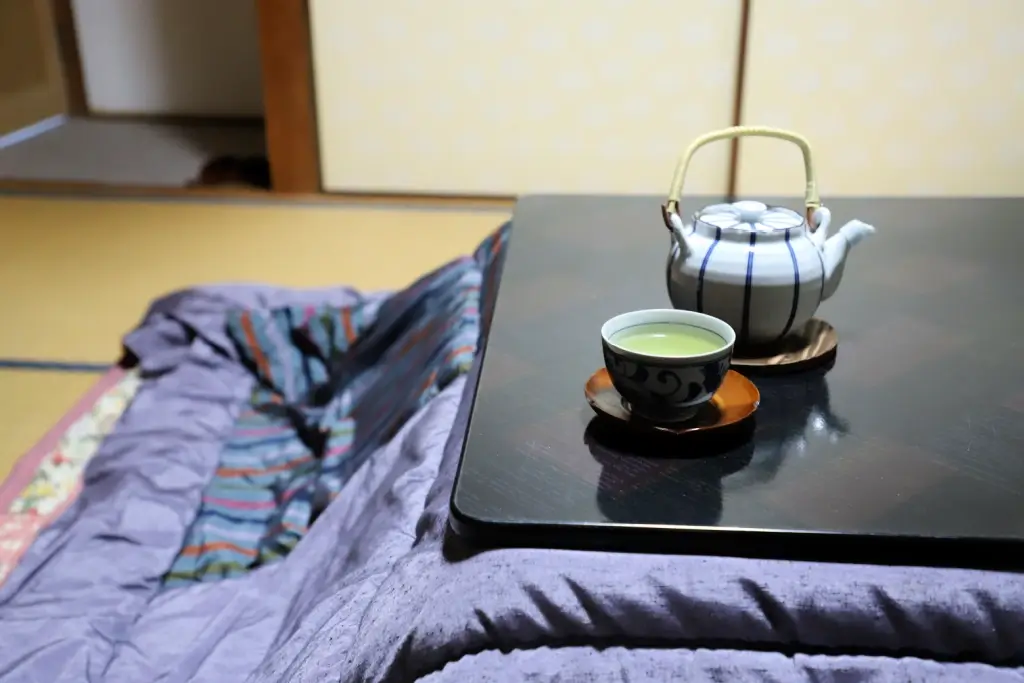
The kotatsu tradition showcases Japan’s commitment to creating practical yet inviting spaces. It transforms even the coldest winter days into moments of warmth and connection. The kotatsu’s appeal lies in its ability to unite people, reminding us that simple comforts often bring the greatest joys.
Even if you don’t have a kotatsu at home, you can still embrace its spirit. Create a cozy corner in your favorite spot with plush blankets, cushions, and warm lighting. Pair it with tea or hot chocolate for the perfect winter retreat.
Yuzu Bath
One of the Japanese winter’s most unique and serene traditions is the yuzu-yu bath, typically enjoyed on the winter solstice. Yuzu, a fragrant citrus fruit, is floated in a hot bath, filling the air with its refreshing aroma. This tradition is believed to ward off illness and bring good fortune for the coming year.
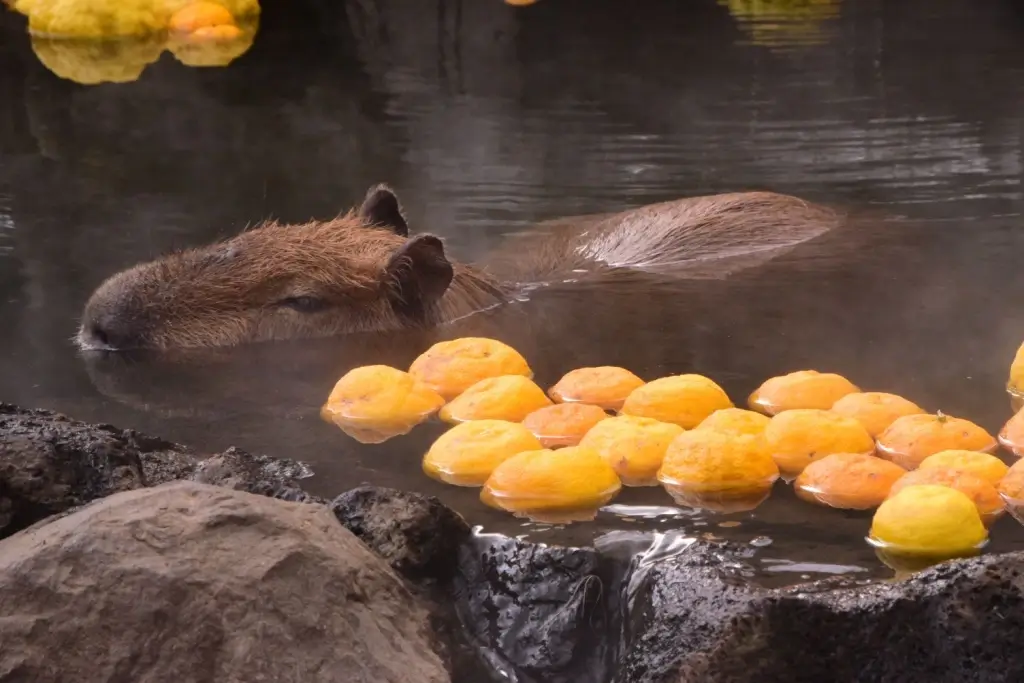
Bathing in hot water infused with yuzu soothes the body and calms the mind. The bright, invigorating scent of the fruit creates a sensory experience that feels luxurious yet grounded. Adding a citrus element—fresh slices of lemon or a few drops of essential oil—to your bath can recreate the magic of yuzu-yu and leave you feeling rejuvenated.
Why should I enjoy these traditions for a holiday spectacular?
People embrace these Japanese winter traditions because they highlight what’s truly meaningful during the holiday season—renewal, togetherness, and simple joys. Osouji allows for personal reflection and a fresh start, while osechi ryori and the kotatsu foster a sense of gratitude and connection with loved ones.
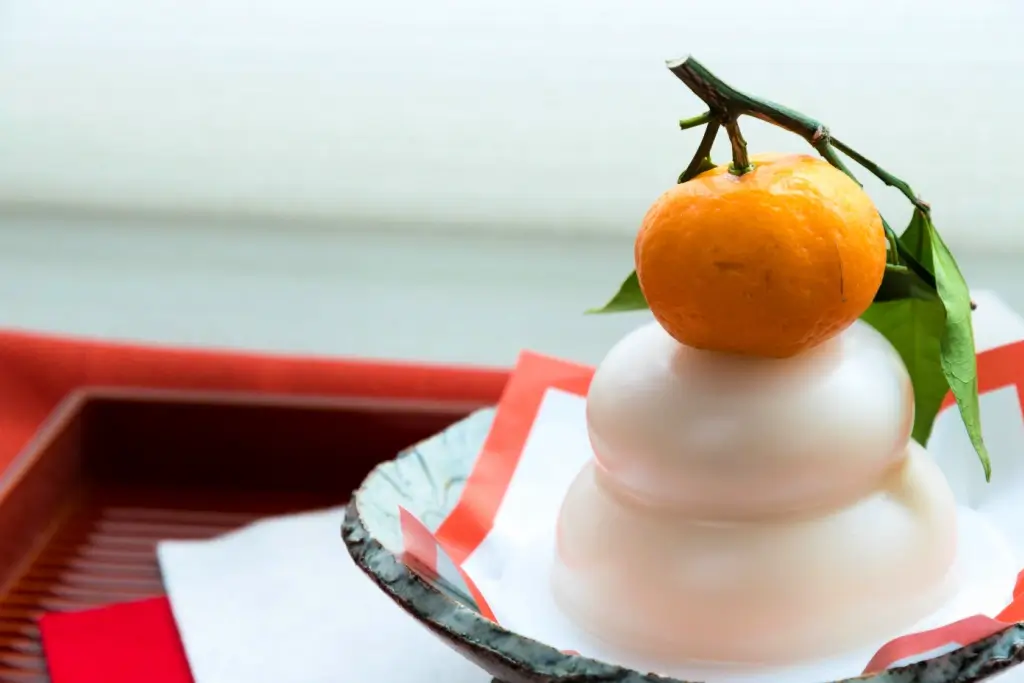
The yuzu bath, meanwhile, offers a moment of serenity to reconnect with oneself amidst the hustle of the season. These traditions remind us to slow down and savor the small, beautiful rituals that make the holidays unique. Incorporating even a few of these practices can bring a sense of warmth, mindfulness, and harmony to your celebrations.
Have you tried these Japanese traditions, or have a favorite winter ritual? Let us know in the comments below! Whether you are inspired by the symbolism of osechi ryori or the cozy embrace of a kotatsu, there’s no shortage of ways to make your holiday season truly spectacular!

Discover authentic flavors with Sakuraco
Get Sakuraco 

Discover authentic flavors with Sakuraco
Get Sakuraco 
Related Articles

Steam Train in Shizuoka: Riding the Oigawa Railway
For travelers who love history, beautiful views, and cozy retro vibes, this steam train is one of Shizuoka’s most charming treasures, with some of the best views. If you want to know more about this train, keep reading below!

Nara Japan: The Amazing Legend of the Sacred Dragon
In Japanese culture, dragons are spiritual beings that represent strength, prosperity, and a harmonious balance with the natural forces. Nara, Japan, has a unique story associated with sacred ponds and revered shrines throughout the region.

Nambu Tekki: Morioka’s Amazing Iron Craft
In the historic city of Morioka, Iwate Prefecture, a craft with over 400 years of history continues to captivate with its rustic beauty and practical charm. Nambu tekki, or Nambu cast iron, refers to traditional ironware, such as teapots, kettles, and decorative pieces, that embody the spirit of Tohoku craftsmanship.

Ebisu: The Cheerful Guardian of Luck and Prosperity
Religion in Japan involves a dizzying array of spirits and beings. These gods are inspired by ancient tales and used to symbolize nature’s bounty. However, they also profoundly impact daily life and are often sought out for help in challenging times



